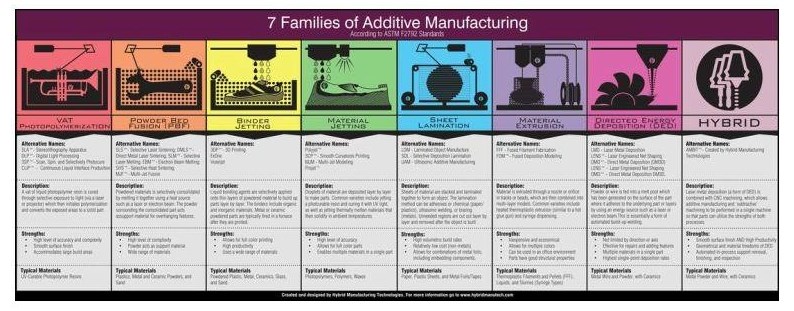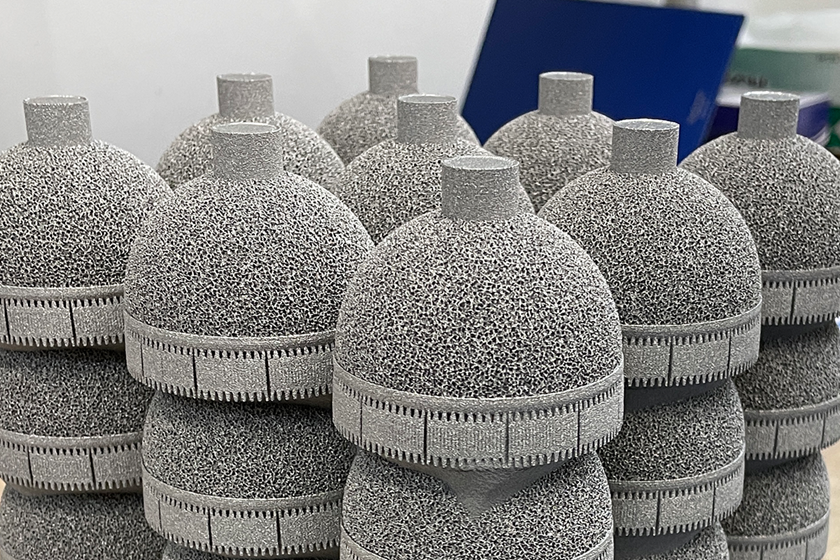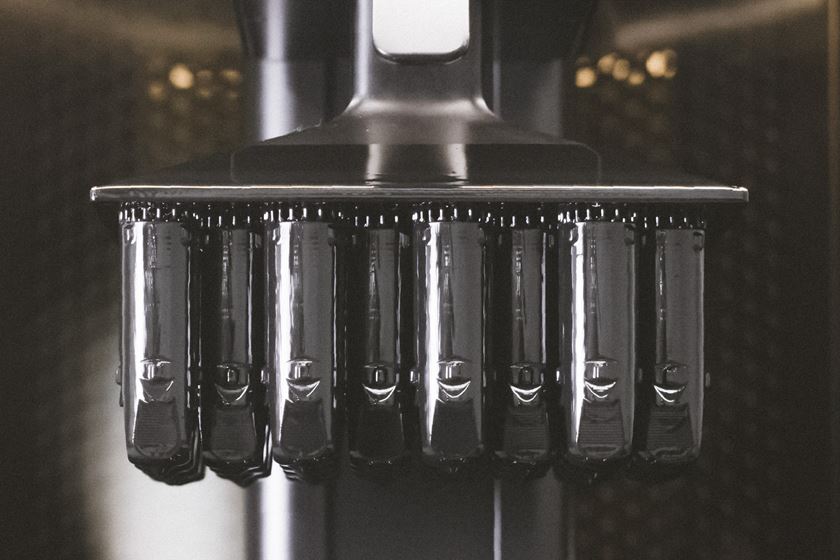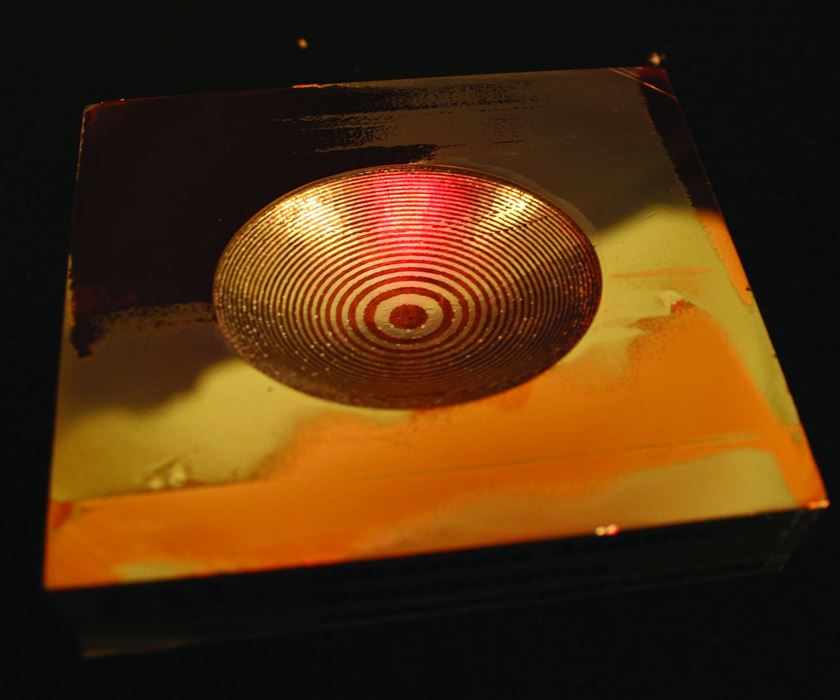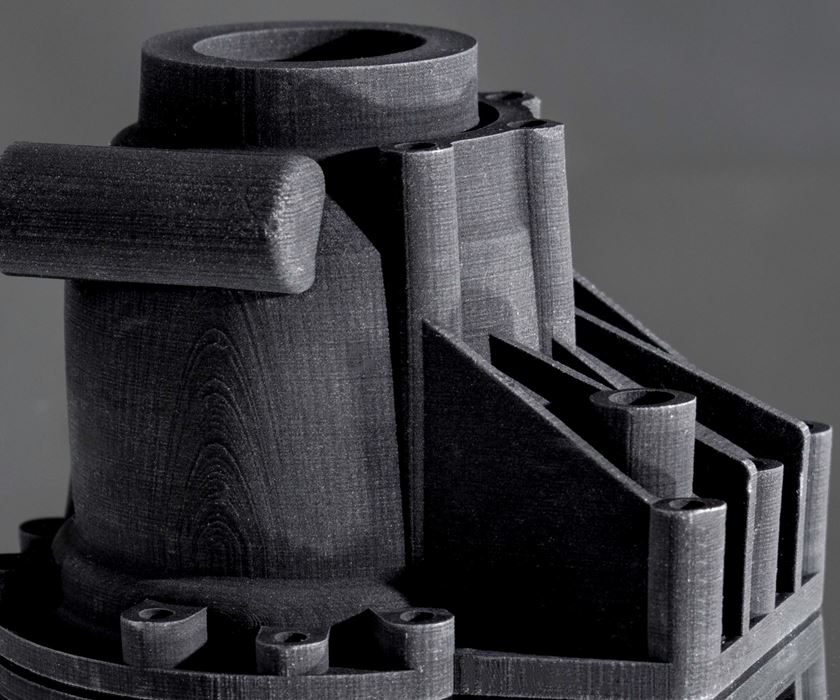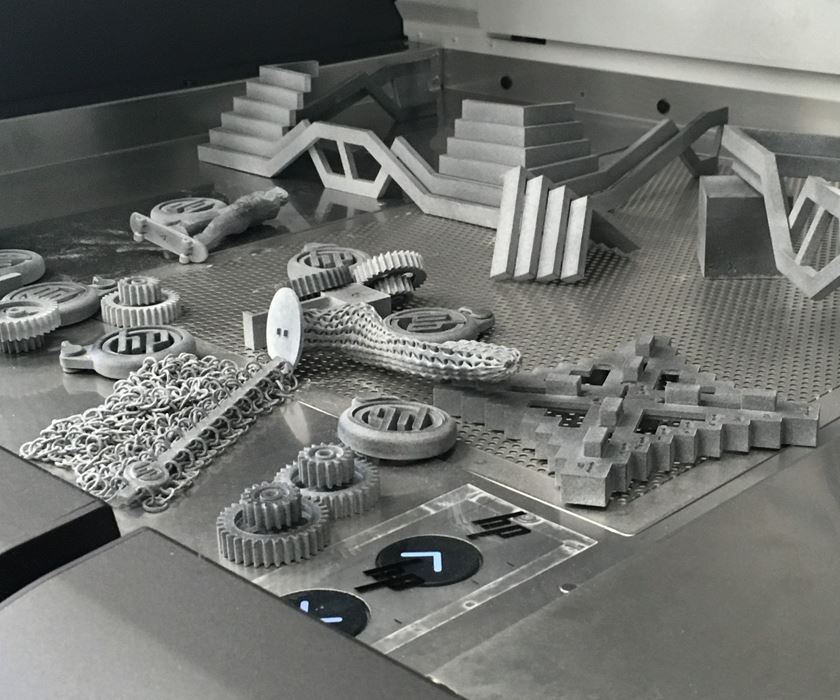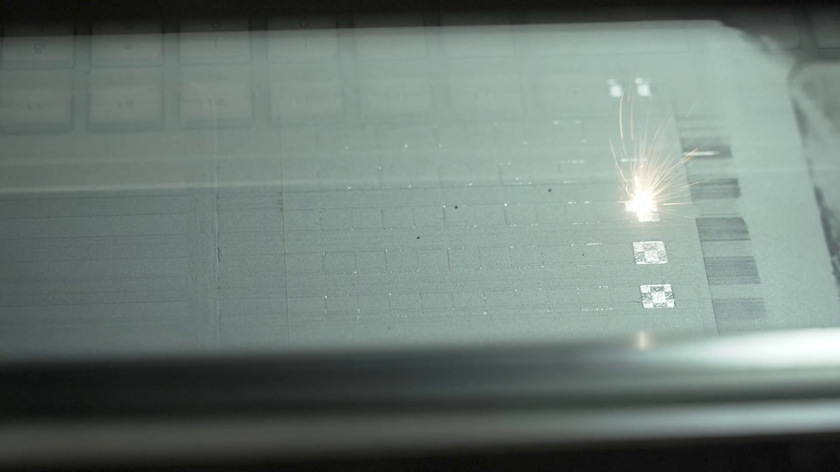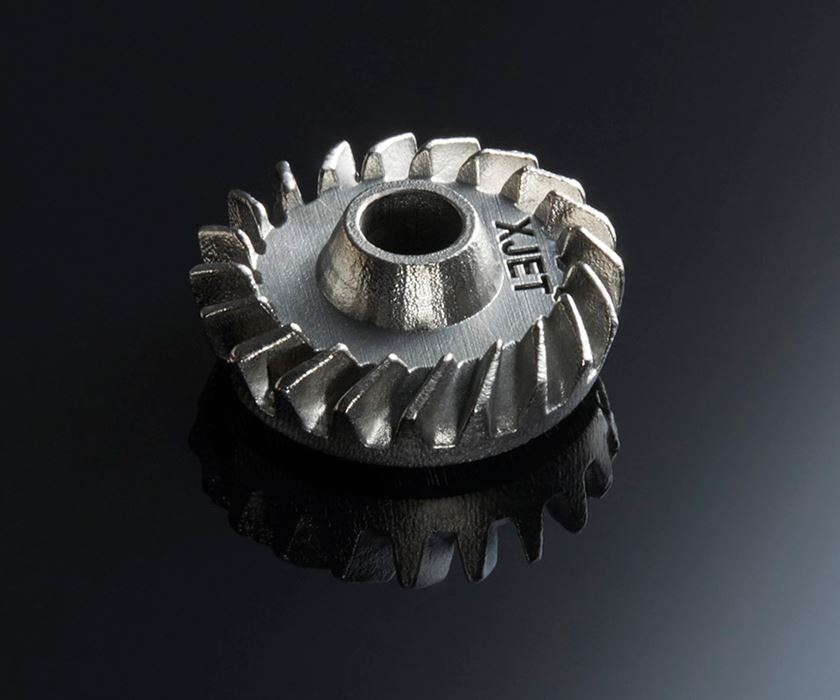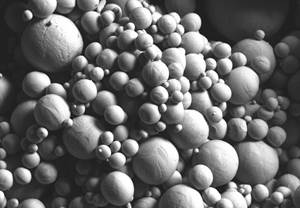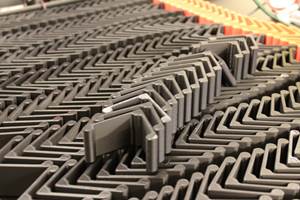“3D printing” describes an entire group of part making processes that generally build components layer by layer. ISO/ASTM recognizes seven distinct types of additive manufacturing technology:
- Vat photopolymerization – a vat of photopolymer resin is selectively cured through point-by-point or layer-by-layer exposure to light
- Powder bed fusion (PBF) – powdered metal or polymer is fused together using an energy source, typically a laser or electron beam
- Binder jetting – a binding agent deposited onto powdered material (such as metal, sand, glass, ceramic or polymer) creates the geometry; in the case of metal, binding is typically followed by sintering to fuse the powder
- Material jetting – droplets of material are precisely deposited to build a geometry
- Sheet lamination – sheets of material are stacked and laminated together through ultrasonic welding, brazing, adhesives or chemical means
- Material extrusion – a material such as polymer filament or pellets is heated and extruded through a nozzle
- Directed energy deposition (DED) – metal powder or wire is fed into a meltpool created by a laser or electron beam in a process similar to welding
“Hybrid manufacturing” describes a process that combines additive manufacturing with conventional subtractive technologies. A CNC machine tool could be equipped with a wire-fed DED head, for example, allowing the same machine to both add material and mill it away.
Note that there are different varieties of 3D printing within each of the seven families. For example, directed energy deposition (DED) can be either a powder- or wire-fed process for building metal parts. Vat polymerization includes both stereolithography, which cures liquid resin point by point, and digital light processing (DLP), which cures an entire layer at once.
Machine builders may also have proprietary processes or use different terminology for them. Overviews for some of these technologies are linked below.
